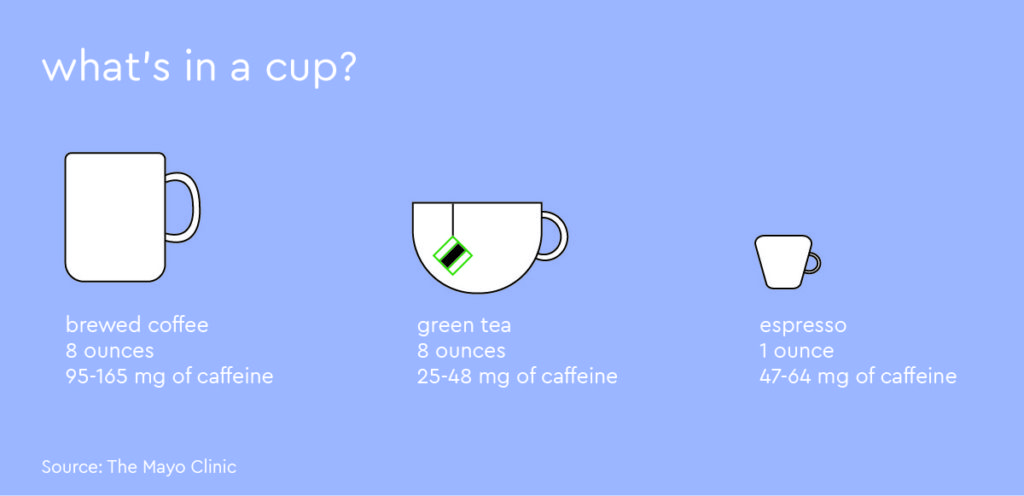For those who experience constant discrimination for their identity, school should act as a place of solace. However, recent findings have revealed that this isn’t necessarily the case.
I think I was a junior in high school when I first became critical about my body. I became obsessed with how I looked in the mirror and how my partners viewed me. It’s a given that most, if not all, of us have felt a similar way. As we develop into adulthood, researchers points out there is an increase in body dissatisfaction among children and young adults. When we question where these sentiments come from, it isn’t shocking to find that recent research suggests that weight-based victimization may be a major influence in our own perception of body image.
For many lesbian, gay, bisexual, transgender, and queer individuals, this is especially true. A study recently published in Pediatric Obesity found that 77 percent of LGBTQ+ adolescents experience some form of weight-based victimization. This was found to be a constant for many LGBTQ+ youth, regardless of body shape — 55 to 64 percent of adolescents in this study that were identified as having an underweight body mass index reported experiencing similar discrimination. Graduation from high school can be seen as liberation by many, but weight-based victimization against LGBTQ+ people can shape body image and satisfaction for a lifetime. Many queer individuals—especially gay men—face in-group discrimination. Research into social media usage and body image found that using image-centric social media outlets like Instagram can result in body image dissatisfaction among gay men.
Ryan Watson, a human development researcher at University of Connecticut who co-authored the Pediatric Obesity study, has observed that “many folks report that there is body shaming even among their gay peers.”
Asher Pandjiris, a New York-based therapist specializing in trauma and its impact on the body, spoke in an interview with NBC about her experience with treating disordered eating in the LGBTQ+ community. She believes that much of the disordered eating in the LGBTQ+ community stems from internalized homophobia experienced at a younger age. At the same time, many of the unattainable standards being policed and upheld by the queer community itself.
But what does this mean in the long-term? “Research shows that the effects of bullying and victimization manifest strongly later in life for all people,” says Watson. “Given the accounts for these experiences of victimization are oftentimes more prevalent and bias-based in particular for LGBTQ+ youth, I expect that these effects could be stronger and more detrimental for LGBTQ+ populations as they age.”
And just as Watson said, the literature confirms these outcomes. A 2011 study published in the Journal of School Health found that LGBTQ+-related school victimization is linked to poor mental health and an elevated risk for contracting sexually transmitted infections and HIV. If victimization related to sexual orientation and gender identity can lead to negative health outcomes, weight-based victimization against this community can only serve to perpetuate the same outcome.
It’s difficult knowing what exactly we can do about such a nebulous issue. Watson believes that this is an issue that must intervened by administrators, teachers, students and family members. “School administration should be invested in continuing to create policies that are specific to anti-bullying characteristics. Teachers need to be able to recognize what constitutes bullying and intervene. Students need to hold their peers accountable. Parents need to socialize their children to be accepting of all identities and body shapes.”
Beyond individuals the school system, other people can address these complex issues. For pediatricians, a 2017 policy statement published by the American Academy of Pediatrics recommends providers to assess youth with obesity about their experience with weight-based victimization and stigma related to their weight. For the everyday person, we must also celebrate and uplift those who do not fit in with these confines, and hold each other accountable for upholding unrealistic standards.
As evident, this is not an issue that individual can address on their own, but an issue that should be addressed from all levels of society. Do not forget the power that your voice has, for the smallest actions we make can bring about the biggest changes.



